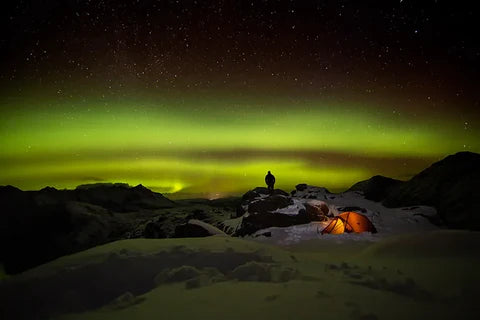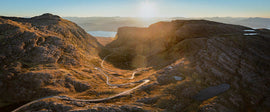A subject that we're always asked about here at the Gallery is auroras. They're a bucket list experience to witness, but another thing entirely to capture on camera or film! Of course, capturing an aurora can often come down to luck with the right weather at the right time, but there are things you can do to plan and raise your chances of success. If you want to know how to photograph an aurora in the Scottish Highlands, keep reading!

How To Plan For An Aurora
When it comes to planning an aurora, the best place to start is by using websites and apps to help you. There are a few options that try to predict auroras based on geomagnetic activity, alongside sharing the activity in the present moment via charts, graphs, and alerts. Jack's personal choice is Aurora Watch UK.
His advice:

How To Photograph An Aurora In The Scottish Highlands
We're passing this one over to the expert!
Jack says:

Take note of our tips, pray for some decent Scottish weather, have a plan in place, and who knows, you could capture an image just like Jack's Burns Night Aurora (below). Let us know if you've any other questions, or if you'll be heading on an aurora hunt!

If you're interested in more Scottish Highland photography advice, make sure you're signed up for our monthly Newsletter where we recap everything we share across the month!
How to capture the Northern Lights in Scotland FAQs
Where are the best locations in Scotland to see the Northern Lights?
-
Some of the best locations in Scotland to see the Northern Lights include the remote areas of the Scottish Highlands, the Isle of Skye, the Shetland Islands, and the Orkney Islands, away from light pollution.
What camera equipment do I need to photograph the Northern Lights in Scotland?
-
To photograph the Northern Lights in Scotland, you'll need a DSLR or mirrorless camera with manual exposure settings, a wide-angle lens with a large aperture (such as f/2.8 or wider), a sturdy tripod, and spare batteries and memory cards.
When is the best time to see the Northern Lights in Scotland?
-
The best time to see the Northern Lights in Scotland is during the winter months, from October to March, when the nights are long and dark, providing optimal viewing conditions.




